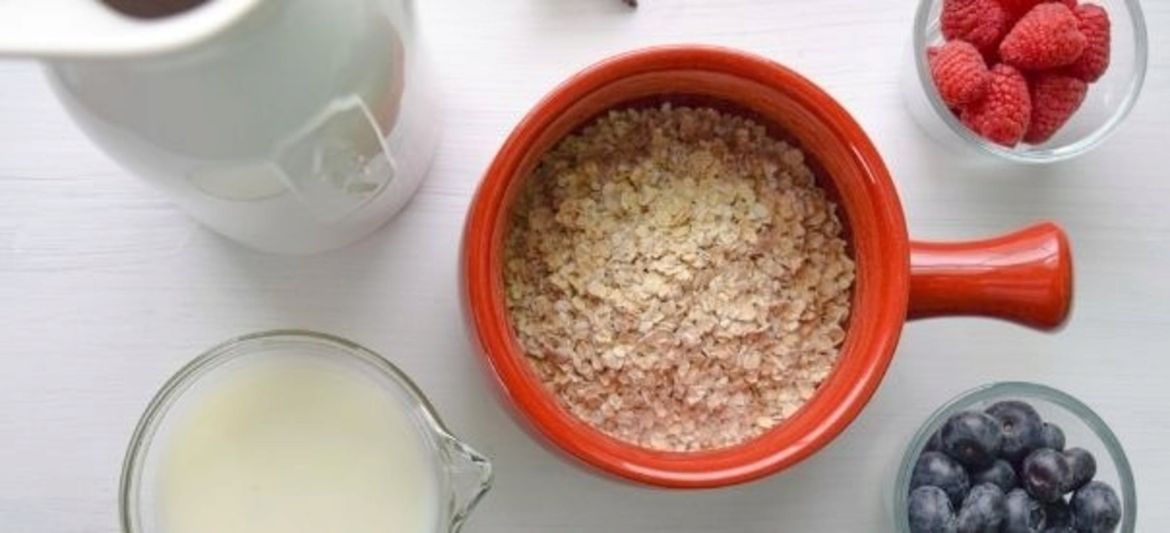Regional Superfoods
Let's begin with the term superfood - it is purely a marketing term and there are no statutory provisions and regulations and there are no official definitions. The term superfood describes foods, especially fruits, vegetables & grains, which have a particularly high nutrient content, which is why they are said to have excellent health benefits.
These foods are seldom offered fresh: they are usually available as purees, powders or in a dried form. They are mainly consumed in the form of shakes, smoothies and mueslis. They owe their beautiful names to their places of origin from all around the world. So, unfortunately, before these products reach our supermarket shelves, they have to travel a long way.
Domestic and regional superfoods as an alternative
Flax seeds instead of chia seeds
The seeds of the flax plant are known as linseed. Depending on the variety, they have lighter or darker skin and are around 40% fat, known as linseed oil. They are available whole, ground or as pure linseed oil. They are an ideal alternative to chia seeds in yoghurts and mueslis because their benefits are in no way inferior. They are high in protein - about 24 g in every 100 g, and consist of important, unsaturated omega-3 fatty acids. Pure linseed oil tastes slightly nutty and is wonderfully suitable for salad dressings. But watch out! Linseed oil cannot withstand heat, so please avoid using it to cook or fry.
Millet & oats instead of quinoa
Beautiful bowls of quinoa, topped with plenty of colourful vegetables achieved their fame mainly through social media. But far too often the regional alternatives such as oats and millet are overlooked. Oat flakes contain an excellent mix of nutrients: long-chain carbohydrates, valuable fibre, as well as magnesium, copper & zinc. The protein content is also impressive. Boiled together with a little water or milk, oat flakes make a comforting warm porridge that provides you with a boost of energy.
Millet is the perfect option for those who eat gluten-free. With a high content of minerals, especially silicon (silica), this grain can be rightly classified as a local superfood. Millet is an excellent ingredient in soups, porridge or patties. It adds a lot of variety to the menu for people who are gluten intolerant and can be used in sweet as well as savoury recipes.
Currants instead of acai berries
Small but powerful: locally grown currants are a powerhouse of nutrients and the perfect alternative to the exotic acai berry. Black currants not only have a gorgeous colour that lend smoothies and shakes a pink/violet tinge, but they also contain impressive amounts of nutrients. They are particularly rich in vitamin C, fibre and iron. The fresh berries can be made into jam. They can be powdered when dried and added to your morning muesli for a fruity touch. Currant seed oil is much valued as a component in skin care products. It stabilises the skin and helps the skin retain its own moisture.
Why look far and wide when all this goodness is so close at hand? When you choose these local alternatives you not only improve your health and the environment but also support local farmers and businesses.
Related products
-
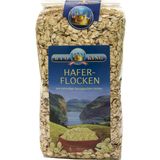
BioKing Organic Oatmeal, 500 g
- Large oats
- Cleaned & dehulled
- Gentle manufacturing process
€ 1,98 (€ 3,96 / kg)Delivery by February 03
-
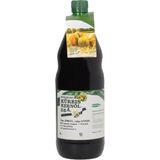 5.0 (28)
5.0 (28)Bauernhof Jöbstl vulgo Stindl Styrian Pumpkin Seed Oil, 1.000 ml
Bestseller- 100% pure, authentic Styrian pumpkin seed oil
- Gold medal 2020 & 2021, with the highest number of points
- Freshly pressed on a weekly basis
€ 26,87 (€ 26,87 / L)Delivery by January 03
-
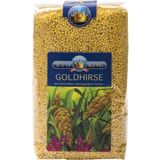
BioKing Organic Golden Millet - Peeled, 1.000 g
- Suitable for sweet & savoury dishes
- For gluten-free side dish
- Origin: Austria
€ 5,47 (€ 5,47 / kg)Delivery by January 03
-
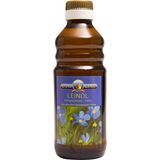 4.0 (1)
4.0 (1)BioKing Organic Flaxseed Oil, 250 ml
- Cold pressing process
- For salads, vegetables & spreads
- Unique flavour
€ 6,96 (€ 27,83 / L)Delivery by January 03
Magazine Articles:
Discover From Austria:
New Products:
-
Slovenia: Free standard delivery from € 52,90
-
Free
returns -
24-hour shipping
More than 6.200 products

